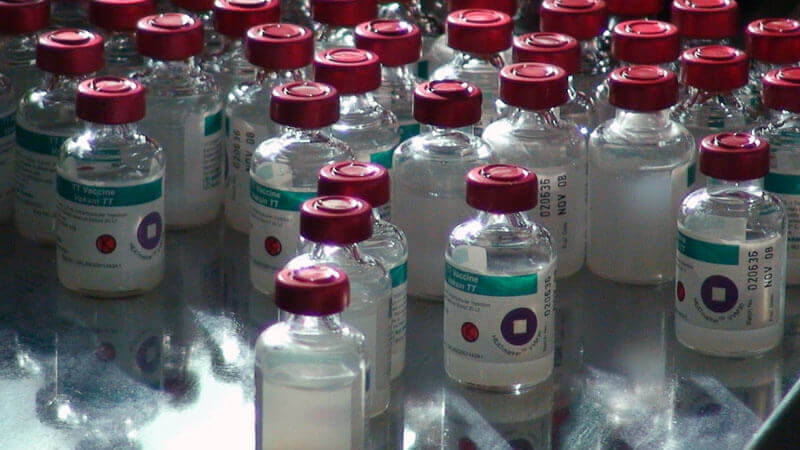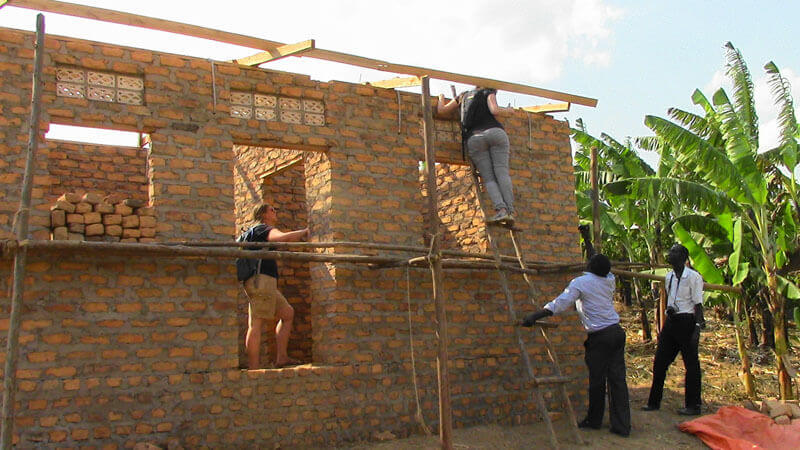During the past year, leaders from the US Global Leadership Coalition (USGLC)—an advocacy organization promoting
diplomacy and development—have traveled across America seeking out innovators and innovations that best demonstrate how strategic US investments in global development can enhance America’s foreign policy and security interests—an approach
USGLC calls “smart power” diplomacy.

- The VVM is a health innovation that is saving lives and money. Photo: Umit Kartoglu
Not surprisingly, USGLC leaders discovered that investments in global health innovation are an essential part of America’s “smart power” toolbox. As USGLC
leaders traveled from city to city, they discovered numerous examples of how American businesses and nongovernmental organizations (NGOs) are working
with the US government to deliver global health innovations that are not only improving lives worldwide, but also creating jobs here in the United
States and enhancing America’s global leadership.
In fact, nearly half of the 30 programs USGLC identified as “leading American innovators” in its Innovations in Smart Power report—released today—focused on improving global health and nutrition. The report featured two innovations developed by GHTC members,
including the PATH-developed Vaccine Vial Monitor (VVM), which indicates whether
vaccines have been damaged from exposure to heat. The VVM not only saves lives, but also produces an estimated $14 million annual savings by preventing
undamaged vaccines from being discarded. USGLC also featured the Global Health Fellows Program II—led
by the Public Health Institute—which brings private sector experts from America to low- and middle-income countries in Africa and Asia—for
up to three months—to share their expertise in research and medical technologies with healthcare workers in local communities.

- Two interns sponsored by the Global Health Fellow Program help build a house for an HIV expectant mother in Uganda. Photo: Global Health Fellows
Program II/PHI
Other creative global health innovations featured in the report include low-cost toilets to reduce diarrheal disease, fortified peanut paste to combat
malnutrition, and an easy squeeze pouch to help HIV-positive mothers deliver antiretroviral drugs to their newborn babies. All of these projects were
supported by the US government, and demonstrate how American ingenuity and investments can tackle some of the world’s greatest global health problems.
It’s clear that sustained American investment in global health innovation not only supports domestic and international health improvements and economic
growth, but also serves as an important diplomatic tool and a demonstration of America’s character. In other worlds, investing in global health innovation=smart
power.


